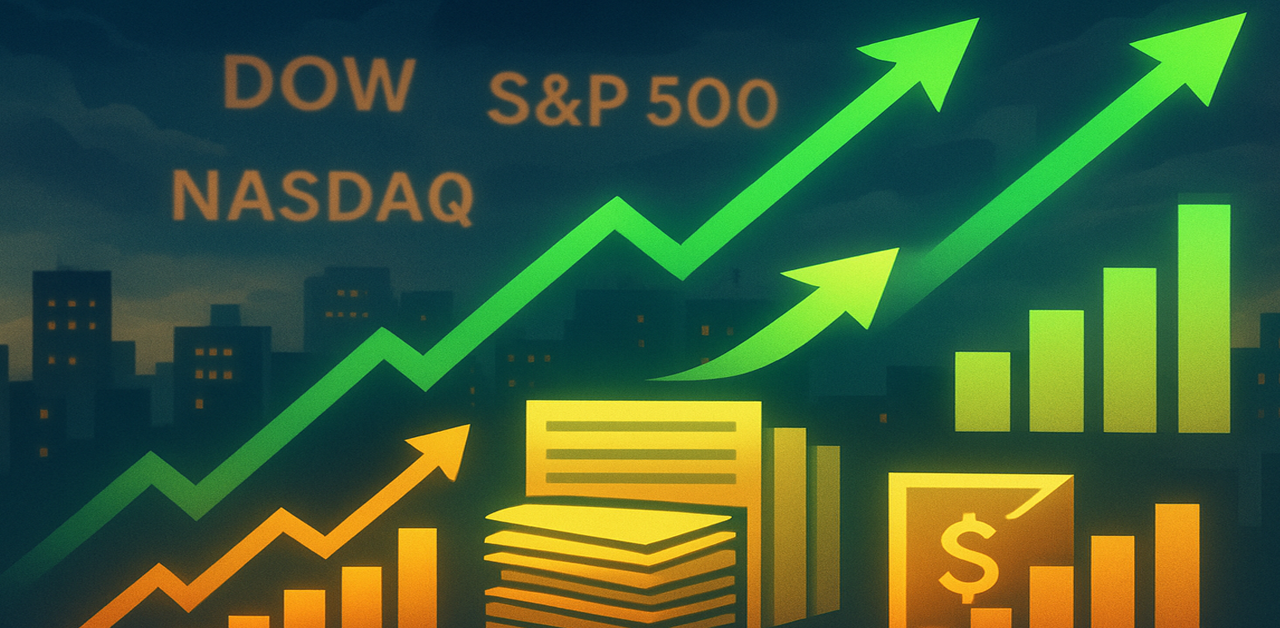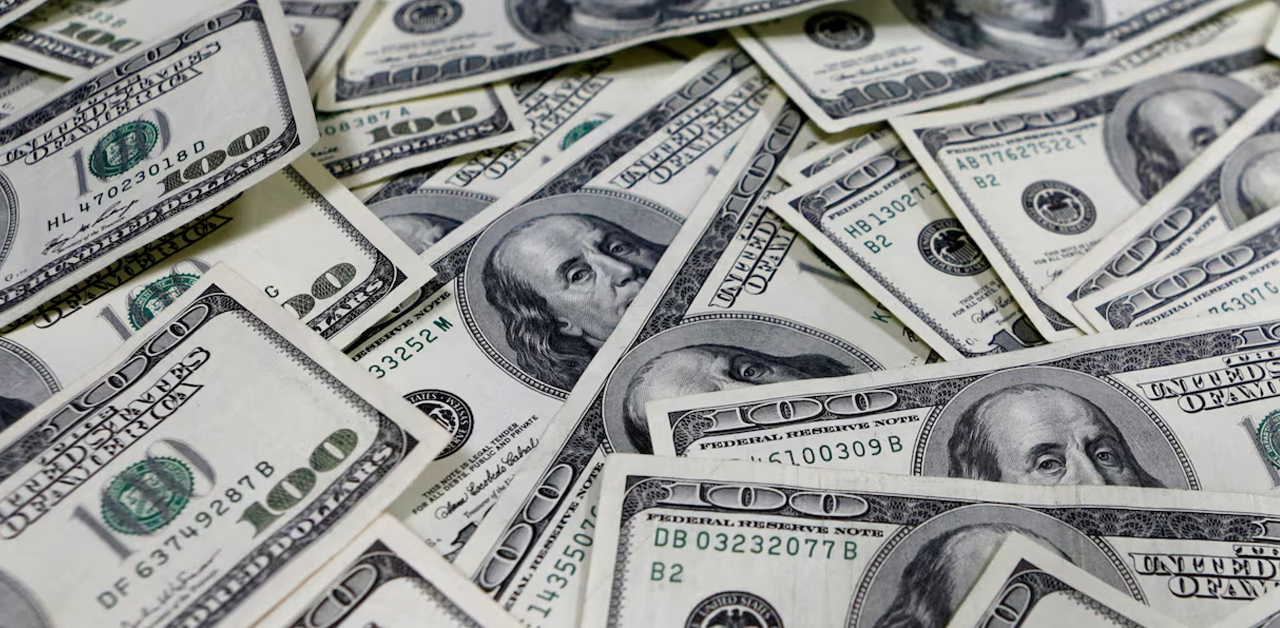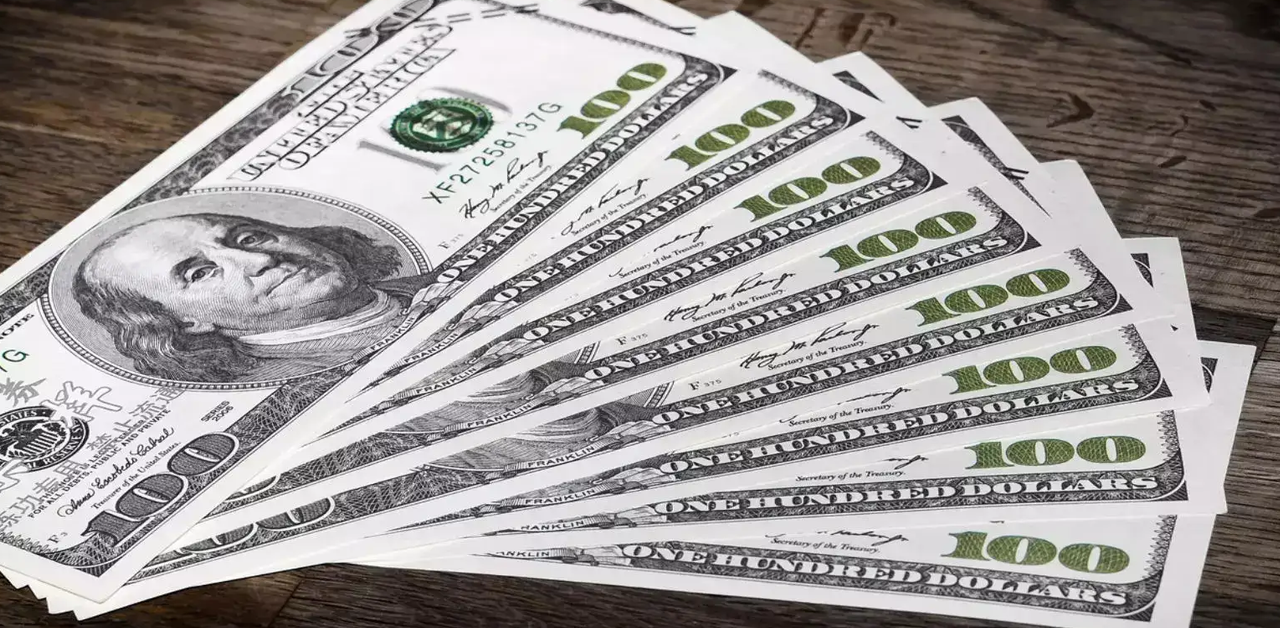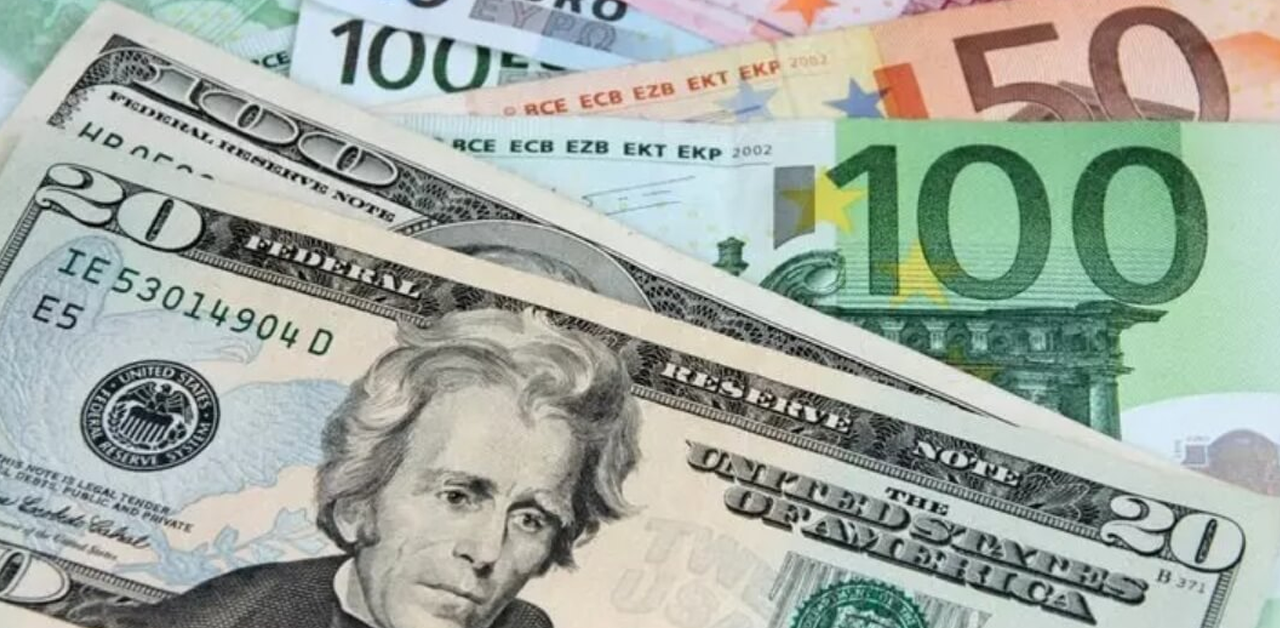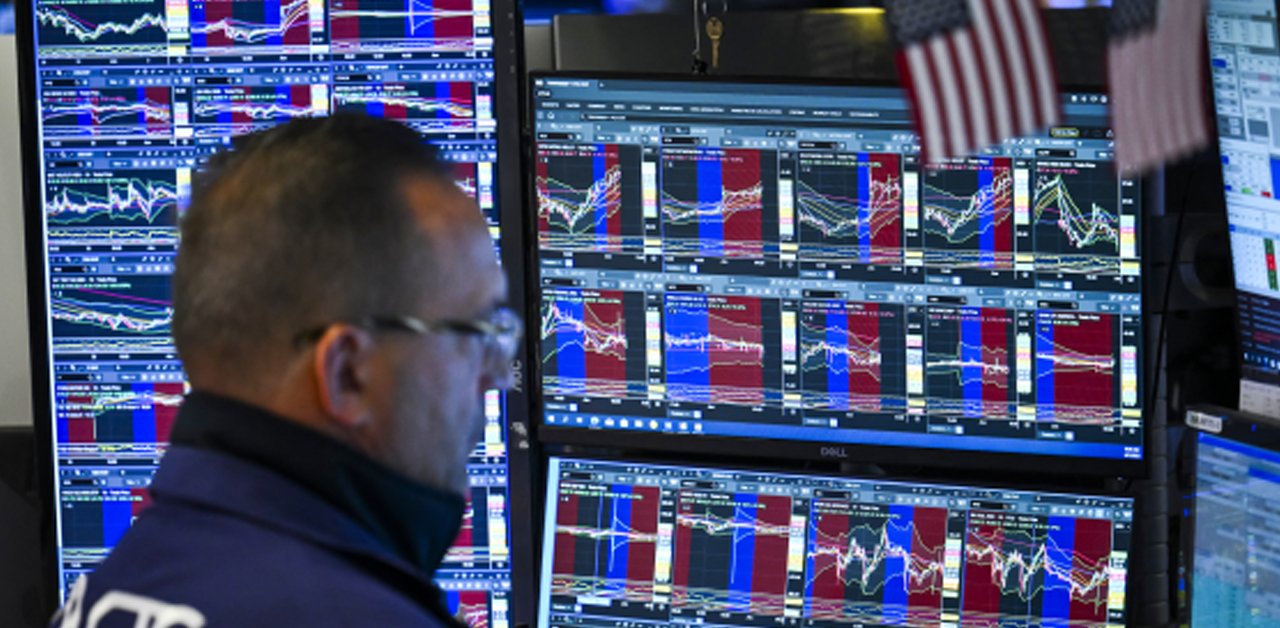Fears of slower growth in U.S.A have caused stock markets to tumble
After statements from social media company Snap and poor economic data raised concern that the US economy was about to decline dramatically, investors sold stocks on Tuesday and bet on a less aggressive Federal Reserve policy. On Tuesday, the NASDAQ Composite, which is dominated by large US technology companies, sank 2.3 percent.
The S&P 500 index, which monitors the fortunes of the largest publicly traded firms, fell 0.8 percent. However, by the time the bell rang, both indices had retreated off early-session lows. The average stock in the broad-based Russell 3000 is down more than 40% from previous highs this year, as the Federal Reserve raises interest rates in an attempt to contain inflation. Investors are concerned that the US economic recovery from the coronavirus pandemic may be diminishing, based on recent statistics showing weaker growth.
Instead of riskier assets, money managers have snatched up US government debt as a safe haven. The 10-year Treasury yield, which swings in lockstep with economic growth and interest rate forecasts, plummeted 0.09 percentage points to 2.76 percent on Tuesday, marking its greatest one-day gain since late April. Snap said late Monday that the “macroeconomic environment has deteriorated farther and faster than anticipated” since it released guidance in April, making investors nervous. The company predicted that sales and profitability for the current quarter would fall short of forecasts. Snap’s stock dropped 43% on Tuesday.
Snap mentioned, among other things, the problems created by increasing inflation, higher borrowing rates, supply chain snafus, and the situation in Ukraine. Because the announcement was unexpected, it had a particularly large impact on Snap’s stock price and the market as a whole. “Certainly, a social media company’s stern warning of ‘macro deterioration’ just a month after giving quarterly guidance presses all the key ‘leading indication’ buttons,” Citi strategist Edward Acton wrote. On Tuesday, Google parent Alphabet fell 5%, while Facebook owner Meta fell 8%, thanks to a sell-off in Snap. This year, the NASDAQ has lost 28% of its value.
Last week, US consumer bellwethers Target and Walmart offered similarly pessimistic forecasts. The grim outlook was worsened by Tuesday’s weak GDP figures. New house sales plummeted nearly 17% in April, according to the US Census Bureau, despite an increase in the number of new homes for sale. According to Doug Duncan, chief economist at Fannie Mae, the data “certainly indicates to a housing market that has shifted.” In May, the S&P purchasing managers’ index showed that business activity in the United States and the United Kingdom slowed. Traders also speculated that the Fed will be less active in raising interest rates than projected earlier this year due to these economic obstacles.
The two-year yield, which is influenced by interest rate forecasts, fell 0.14 percentage point to 2.49 percent. “The Fed wants the economy to slow down.”The economy is slowing down,” said Andrew Brenner, NatAlliance Securities’ head of international fixed income. “The Fed might be able to achieve something without raising rates as much as they might have anticipated.” Data from Europe and Asia only added to investors’ concerns. According to a study accompanying S&P Global’s May flash purchasing managers’ index for the major eurozone economy, German businesses were “increasing their charges for goods and services to cover the greater cost of energy, fuel, raw materials, and employees.”
According to a comparable PMI survey for Japan, manufacturing activity is rising at its weakest pace in three months, which its compilers blame on “supply chain interruptions” caused by “economic sanctions imposed on Russia” and Chinese lockdown measures. The Stoxx 600 index in Europe, which has lost more than a tenth of its value this year, dropped 1.1 percent. The Hang Seng index in Hong Kong fell 1.8 percent, while the Nikkei in Tokyo fell 0.9 percent.


